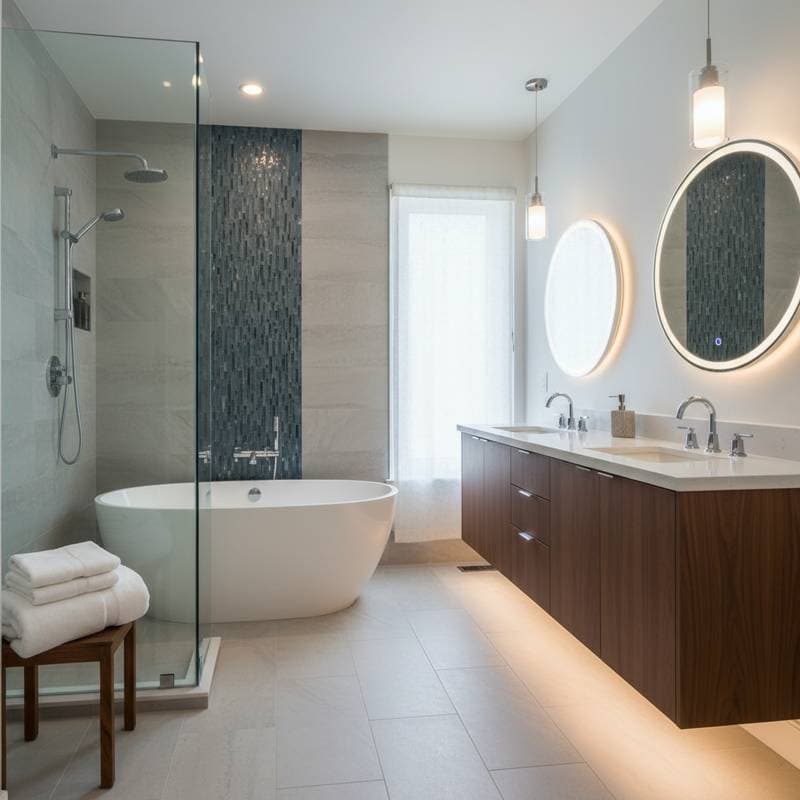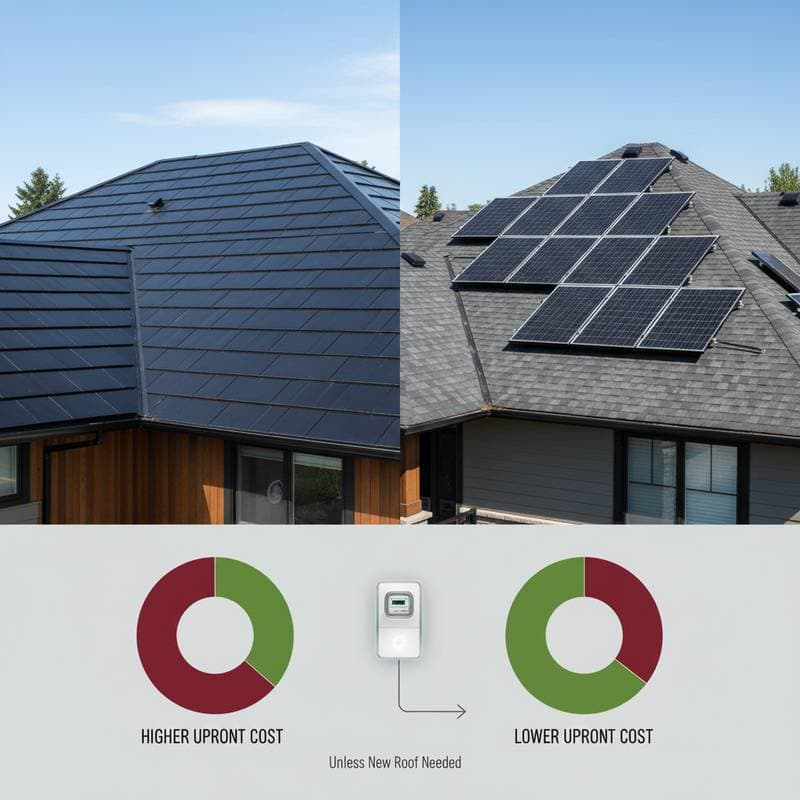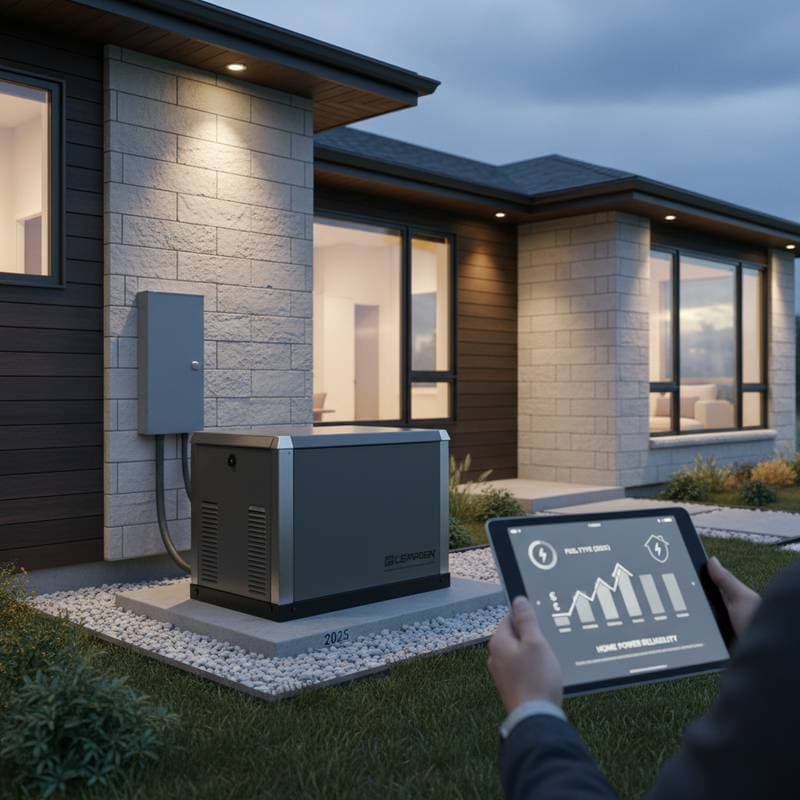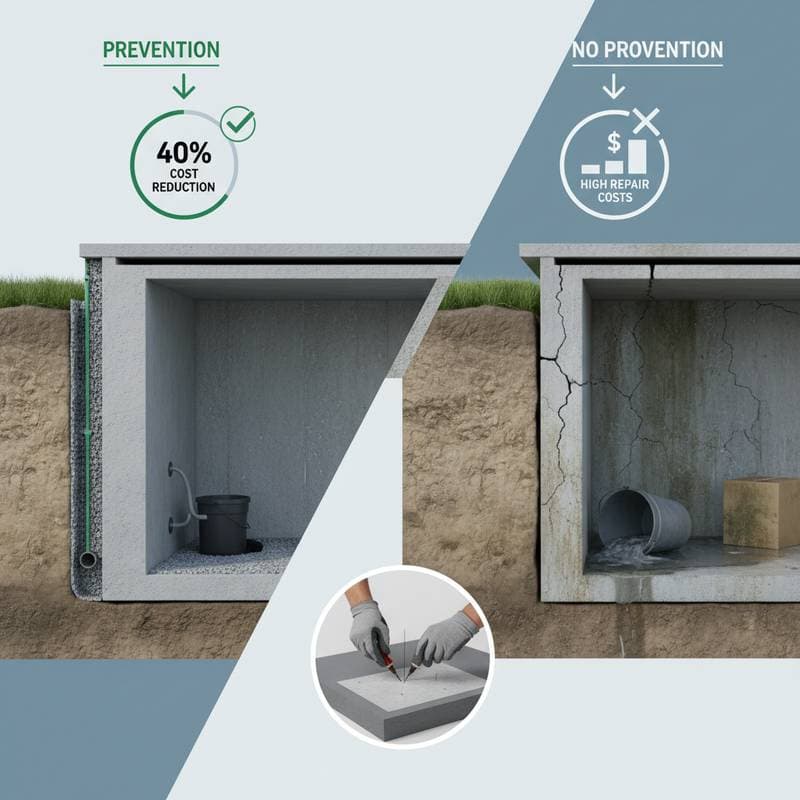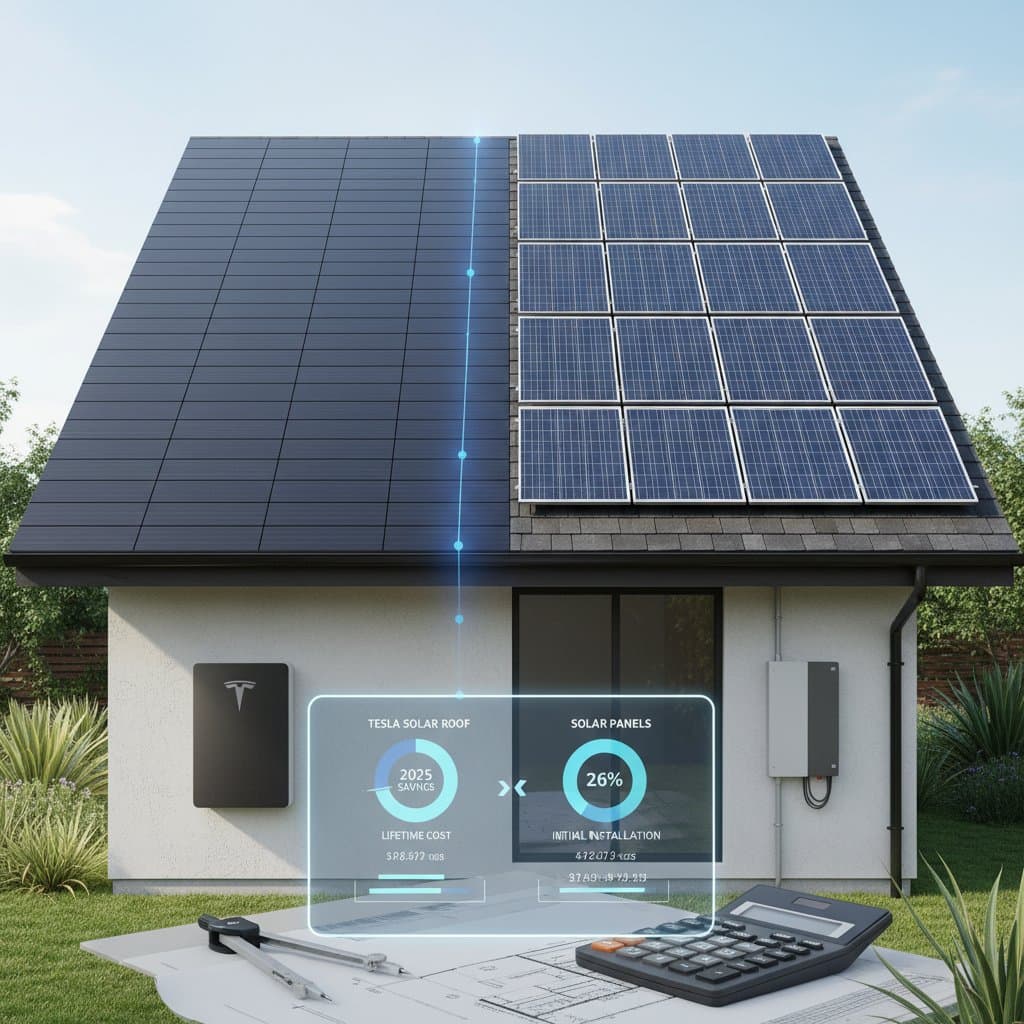2025 Bathroom Remodel Costs: Features That Maximize Returns
A bathroom remodel refreshes the home, elevates property value, and enhances everyday usability. However, the return on investment varies widely depending on selected features. Homeowners who select upgrades blending aesthetics, longevity, and energy savings often see their projects recoup costs through increased appeal and reduced ongoing expenses. Knowledge of cost drivers and value-adding elements enables more informed planning.
Key Factors in Bathroom Remodel Costs
Renovation expenses fluctuate according to bathroom dimensions, material selections, and regional labor rates. Minor refreshes, including fresh paint, fixture swaps, or lighting overhauls, typically range from $500 to $3,000. Mid-level projects with new tiling, vanity installations, and minor plumbing tweaks often total $5,000 to $10,000. Luxury transformations incorporating bespoke cabinetry, premium surfaces, and structural modifications can surpass $20,000.
Elements Driving Expense Variations
- Room Dimensions and Configuration – Expansive areas or designs needing plumbing relocations demand higher investments due to extended labor and material needs.
- Surface and Fixture Selections – Premium options like marble countertops or designer faucets elevate prices beyond basic alternatives such as vinyl or standard chrome.
- Workforce and Regulatory Requirements – Expert craftsmanship and mandatory local permits contribute substantially to the overall budget.
- Sustainability Enhancements – Initial outlays for items like dual-flush toilets or aerated showerheads yield savings on water and energy bills over time.
Budget planners must account for overlooked elements, including waste disposal fees, unforeseen wall reinforcements, and interim utility rerouting. These additions frequently accumulate to 20 percent or more of the initial estimate.
High-Impact Features for Optimal ROI
Select upgrades stand out for their ability to boost functionality and visual allure, appealing to future buyers or long-term residents. Focus on these choices to align immediate enjoyment with financial benefits.
1. Modern Fixtures and Hardware Replacements
Swapping old faucets, showerheads, and cabinet handles requires minimal expenditure, often under $500, yet yields noticeable modernization. Opt for corrosion-resistant finishes such as oil-rubbed bronze or polished chrome to elevate the room's sophistication and buyer interest.
2. Enhanced Vanities and Counter Surfaces
Install a spacious vanity with integrated storage and a resilient top like granite or engineered stone for around $1,000 to $2,500. Wall-mounted designs free up floor space in compact bathrooms, fostering an illusion of expansiveness while improving daily routines.
3. Flooring and Wall Tile Renewals
Outdated tiles diminish appeal; fresh installations in moisture-resistant porcelain or glass mosaics cost $1,500 to $4,000 but endure heavy use. Select neutral patterns to broaden marketability and pair with anti-slip surfaces for safety.
4. Strategic Lighting Configurations
Incorporate a mix of recessed ceiling lights, vanity sconces, and dimmable strips to illuminate tasks effectively, with installations ranging from $300 to $1,200. Shift to long-lasting LED bulbs that cut electricity use by up to 75 percent compared to incandescents.
5. Seamless Walk-in Showers with Clear Enclosures
Convert tub-shower combos to barrier-free showers for $3,000 to $7,000, prioritizing universal design for aging-in-place appeal. Frameless glass panels expand perceived space and resist water buildup, often recouping 60 to 70 percent of costs upon sale.
6. Radiant Floor Heating and Accessory Warmers
Embed underfloor heating mats during tiling for $1,000 to $3,000, providing toasty comfort in chillier regions. Pair with built-in towel racks that warm linens, combining indulgence with practical energy management through programmable thermostats.
Strategies for Aligning Expenses with Benefits
Full overhauls impress but often exceed necessary spending. Targeted interventions, such as sealing grout lines for $200 or resurfacing tub surrounds for $800, deliver transformations without disrupting the home. Assess current wear, future residency intentions, and financial limits to determine scope; for instance, prioritize waterproofing in humid climates to prevent costly mold issues.
Steps to Launch Your Remodel Successfully
Thorough preparation minimizes disruptions and controls spending.
- Establish a Detailed Budget – Allocate funds with a 15 percent buffer for surprises like hidden pipe corrosion.
- Evaluate Material Options – Compare durability ratings, cleaning ease, and style versatility through samples from suppliers.
- Solicit Quotes from Qualified Professionals – Consult at least three certified experts to benchmark rates and timelines.
- Outline Project Phases – Sequence tasks around supply chains, aiming for completion in four to six weeks for mid-scale work.
- Verify Permitting Needs – Submit applications early for electrical or drainage alterations to sidestep penalties.
For hands-on enthusiasts, tackle cosmetic tasks like wallpapering or hardware installation. Delegate complex elements, including wiring or pipe work, to licensed specialists to uphold codes and warranties.
Realizing Comfort and Equity Gains
Thoughtful bathroom enhancements yield ongoing satisfaction and asset appreciation. Emphasize versatile, low-maintenance choices that harmonize form and utility, securing enduring performance. Through precise execution, homeowners craft sanctuaries that not only invigorate routines but also fortify financial positions for years ahead.

